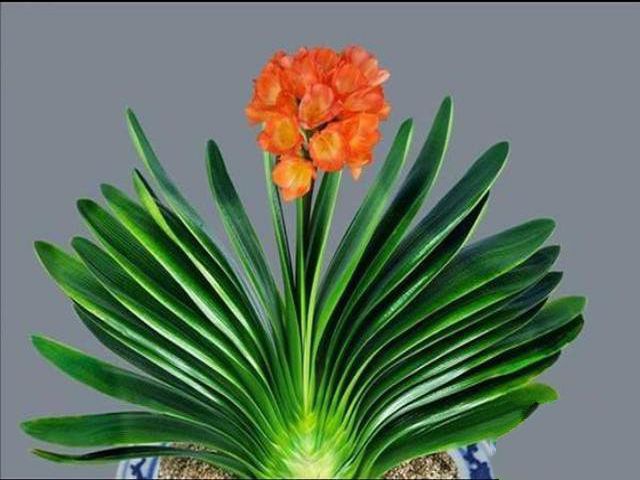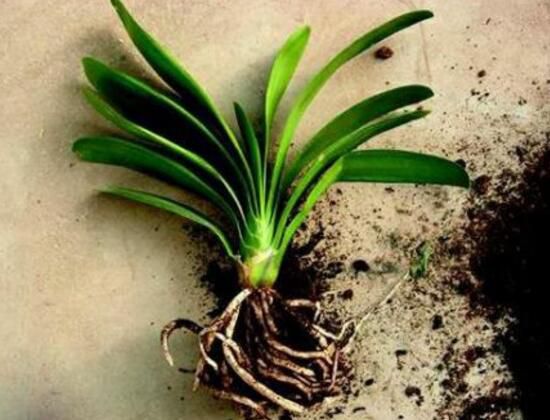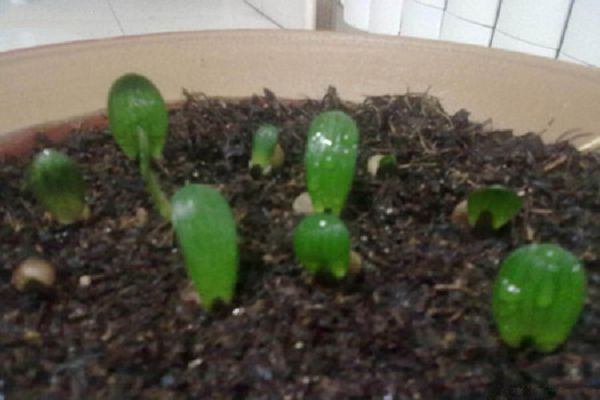Does the gentleman orchid planted in the pot for two years need to change the pot?

The growth cycle from seedling to flowering is usually 11-4 years, that is, when the leaves of the plant reach 16-18 leaves, as long as the fertilizer, water, light and other management are in place, the general plant will blossom.
The smaller plants of one to three years old can change the soil and change the flowerpot every year. The reason is that the plant has fewer roots and is easier to operate. After changing the new soil and the larger flowerpot, the plant will grow faster and better. And some larger plants and some plants that have flowered for many years, because the plants have more roots, it is easy to hurt the roots when changing pots and soil, and it is also very troublesome to operate. Therefore, it is not recommended to change the basin every year. Instead, some methods such as reasonably increasing the amount of fertilizer were used to improve plant growth.
Do the plants of Cymbidium which have been potted for two years need to be changed? It mainly depends on the size of the plant and the degree of soil fertility given by its growth status. Under normal circumstances, smaller plants cultivated continuously for two years need to be changed. Can replace a large one or two flowerpots, while changing into new nutrient soil, the plant will grow faster, which will shorten the flowering time of the plant. We can do the following.
First, nutritious soil. First of all, it is necessary to prepare loose and breathable sandy humic nutrient soil. Materials such as rotten leaves and rotten bark are usually used, and some coarse sand can be added at the same time. Can also use peat soil, vermiculite, perlite three-in-one nutrient soil to match at 4:2:1, at the same time can add two pieces of rotten broken peanut shell.
Second, put on the basin. After removing the magnolia plant from the original basin, gently shake off the original nutrient soil. Do not rush into the pot for the time being. Put the orchid plant in a ventilated and cool place to dry for one to three hours to soften the root system slightly and avoid breaking the root system. It is also easier to operate. Then, first plug the drainage hole of the new flowerpot with tiles and fill it with 2-3cm nutrient soil. As there are more roots of the plant growing for two years, when it is put into the basin, the root system of the plant must be covered with some nutrient soil to avoid the filling of soil and the occurrence of suspended roots. Then the nutritious soil should be fully shaken around to make the soil fill in close contact with the root system. In this way, the root system of the plant will soon absorb water and nutrients, and the seedling retarding time will be shortened.
In the breeding bases of Magnolia from Jilin to Changchun, Anshan, Liaoyuan and Siping, when they pot the plants of Cymbidium, they usually put more than ten or twenty fried flax seeds at the bottom of the pot as a long-term base fertilizer for the plants. it will effectively promote the growth of the plant and improve the seedling growth rate and seedling rate of the plant. In other areas, you can add 5 cooked soybeans or peanuts. Must be put into the bottom of the flowerpot, the dosage must not be too much, there must be 3pence 5cm nutrient soil to separate the root system, to avoid root damage. After one to two years of cultivation, the plant will soon enter the flowering stage.
Related
- Is the orchid suitable for indoor use? Is it good for the body?
- How to prevent the empty root of orchids?
- What to do after the crab claw orchid is withered?
- Why are the leaves of orchids always yellow? Fertilizing and watering.
- Can the root of the gentleman orchid be saved if it is rotten?
- Diagnosis and treatment of cotton-blowing beetle insects in Cymbidium
- There is a way for a gentleman's orchid to rot.
- What is the most suitable temperature and humidity for the orchid?
- How to raise a gentleman's orchid? Cultivation techniques of Cymbidium
- How to prepare the nutritive soil for the cultivation of Cymbidium



